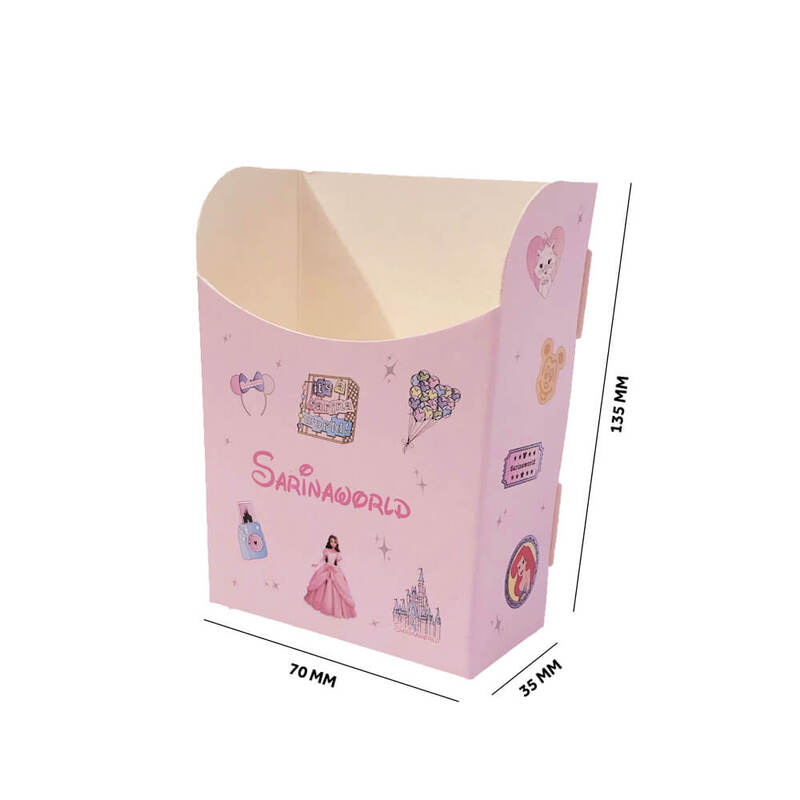Printing on Foil Paper A Guide to Stunning Visual Effects
Printing on foil paper has emerged as a popular choice for designers and businesses looking to create eye-catching materials that stand out in a crowded market. This unique printing technique adds a luxurious metallic sheen to various products, making them visually striking and appealing to consumers. This article explores the process of printing on foil paper, its applications, benefits, and tips for achieving the best results.
Understanding Foil Paper
Foil paper is a type of paper that has a thin metallic layer on its surface. This layer can be made from various materials, including gold, silver, and other colors that mimic metallic finishes. The reflective quality of foil paper creates an elegant and high-end feel that enhances both the aesthetics and perceived value of printed items. It is commonly used for invitations, business cards, packaging, labels, and promotional materials.
The Printing Process
The process of printing on foil paper typically involves a technique called foil stamping. This method uses heat and pressure to transfer foil onto the surface of the paper, allowing for intricate designs and text to be created with stunning metallic effects. The process begins with creating a metal die that has the desired design or text.
Once the die is ready, the foil is placed between the die and the paper. High pressure is applied to the die, which activates the adhesive layer on the foil, causing it to adhere to the paper in the shape of the design. This makes foil stamping a versatile option, capable of producing both simple text and elaborate graphics.
In addition to foil stamping, digital printing methods have also been developed that make it possible to print directly onto foil paper. This approach allows for more complex designs and color gradients, as the entire surface can be printed without the need for a metal die, making it suitable for short runs and customized prints.
Applications of Foil Printing
The applications of foil printing are vast and varied. Some common uses include
1. Business Cards Foil accents can help a business card stand out in a stack, making a memorable first impression.
2. Wedding Invitations Adding foil to invites creates a sense of luxury, enhancing the excitement for the big day.
3. Gift Packaging Foil-printed boxes or bags add a touch of class to any gift, making it visually appealing.
4. Labels and Stickers Foil can be used on product labels to communicate quality and style effectively.
printing on foil paper

5. Posters and Art Prints Artists and photographers can use foil to make their work pop, drawing attention even in a gallery setting.
Benefits of Printing on Foil Paper
Printing on foil paper provides several advantages
- Visual Impact The metallic sheen of foil creates a striking contrast against other colors, helping designs to stand out.
- Tactile Experience The texture of printed foil adds a sensory element that engages consumers, making the product feel more premium.
- Brand Differentiation Foil printing can help businesses differentiate their brand by conveying quality and exclusivity.
- Versatility Foil can be applied to a wide range of products and materials, making it suitable for various industries.
Tips for Successful Foil Printing
To achieve optimal results when printing on foil paper, consider the following tips
1. Design Considerations Keep your design simple for foil stamping; overly intricate details may not transfer well.
2. Contrast is Key Use strong contrasting colors in your designs to enhance the visual impact of the metallic finish.
3. Finish Options Choose the right type of foil finish—matte, glossy, or holographic—based on the desired look and feel.
4. Sample Printing Always request samples before the final print run to ensure that colors and finishes meet expectations.
In conclusion, printing on foil paper is an excellent choice for creating memorable marketing materials that stand out. Its luxurious appearance and tactile quality can vastly improve the appeal of products, making them more attractive to consumers. By understanding the printing process, applications, benefits, and best practices, businesses can leverage foil printing as a powerful tool in their marketing arsenal.



